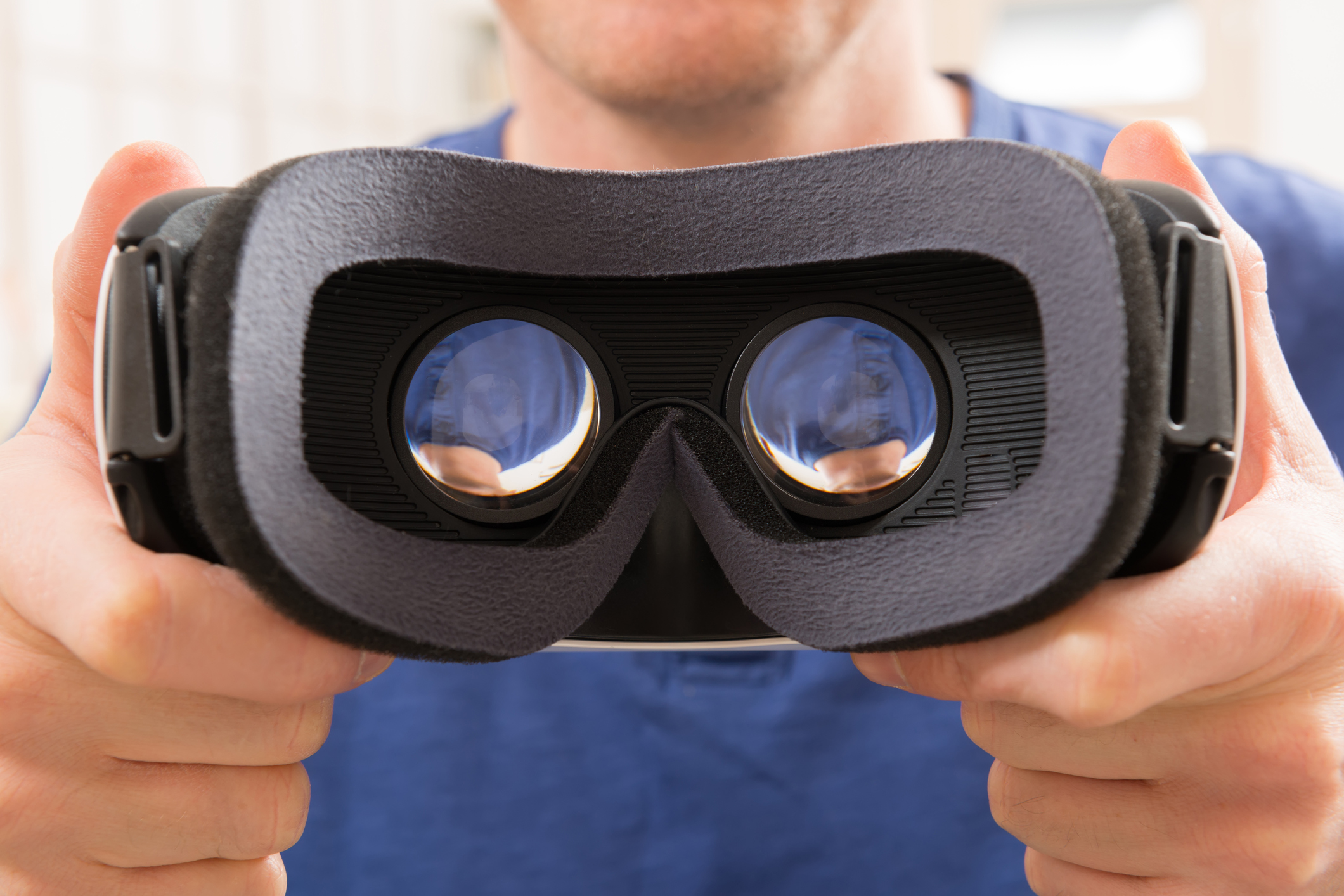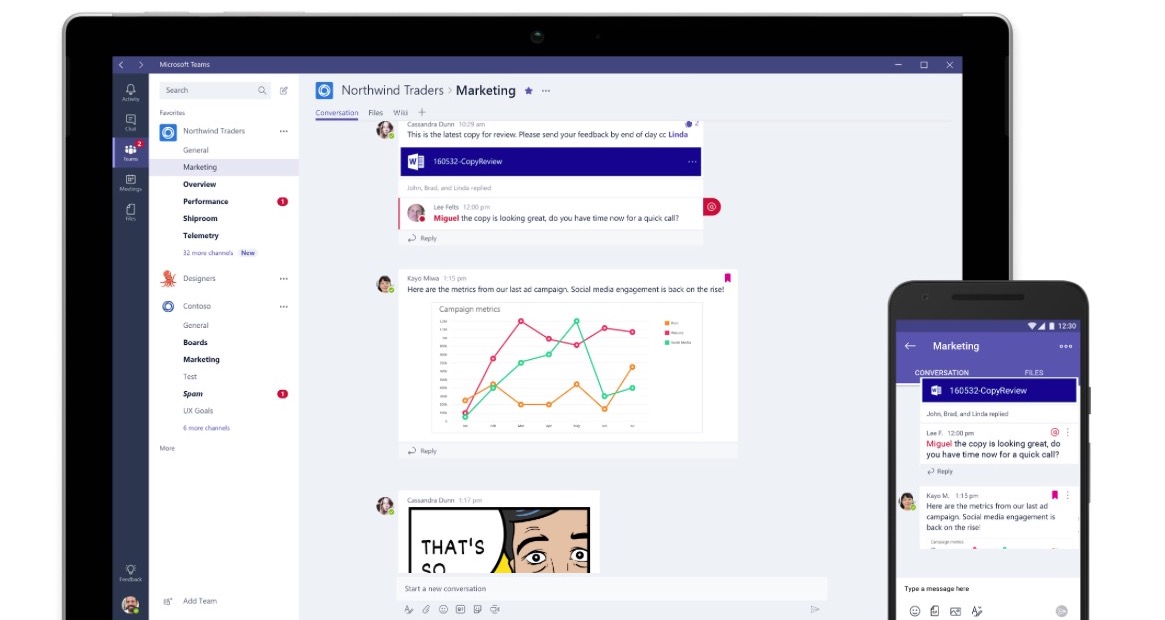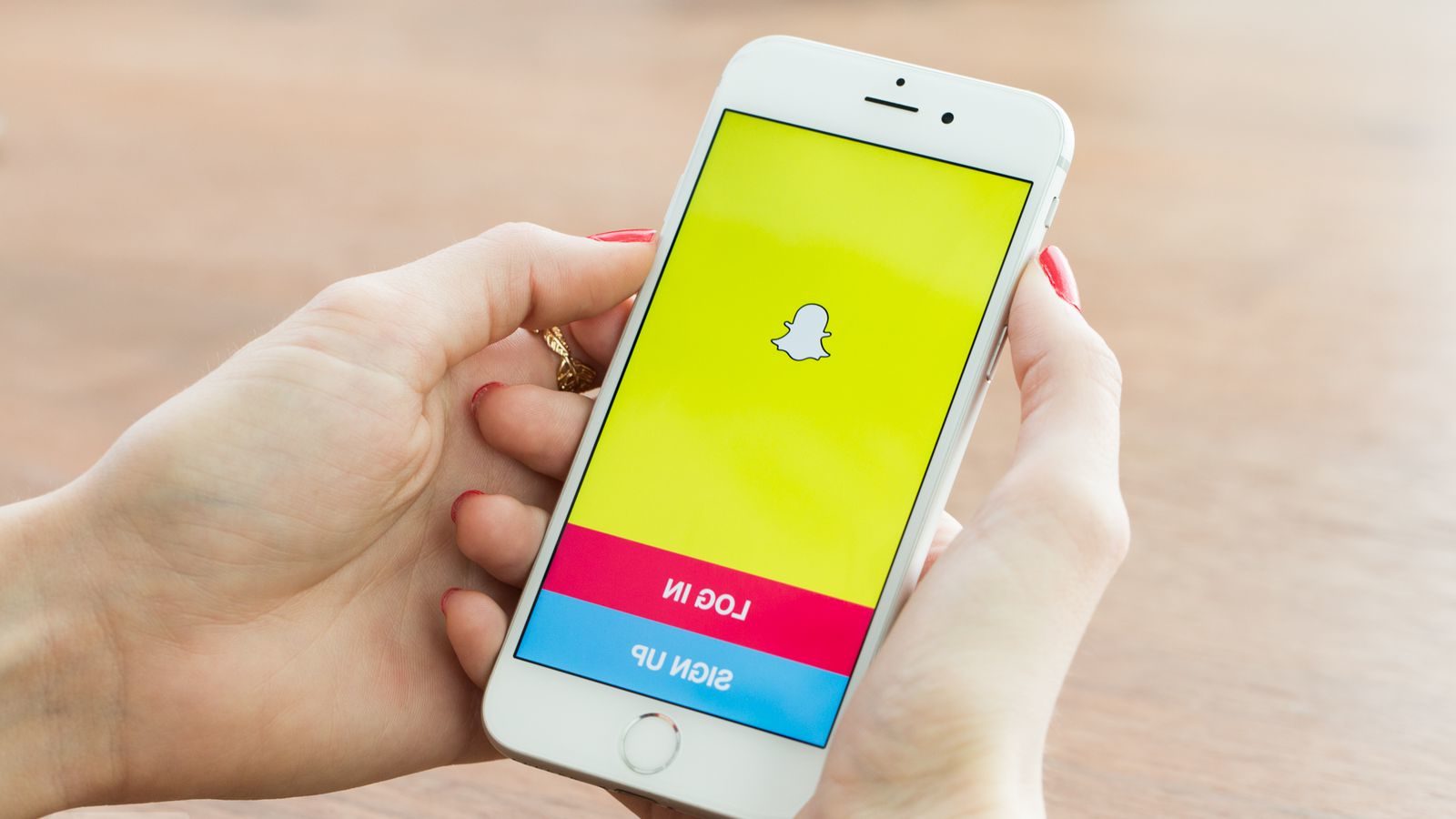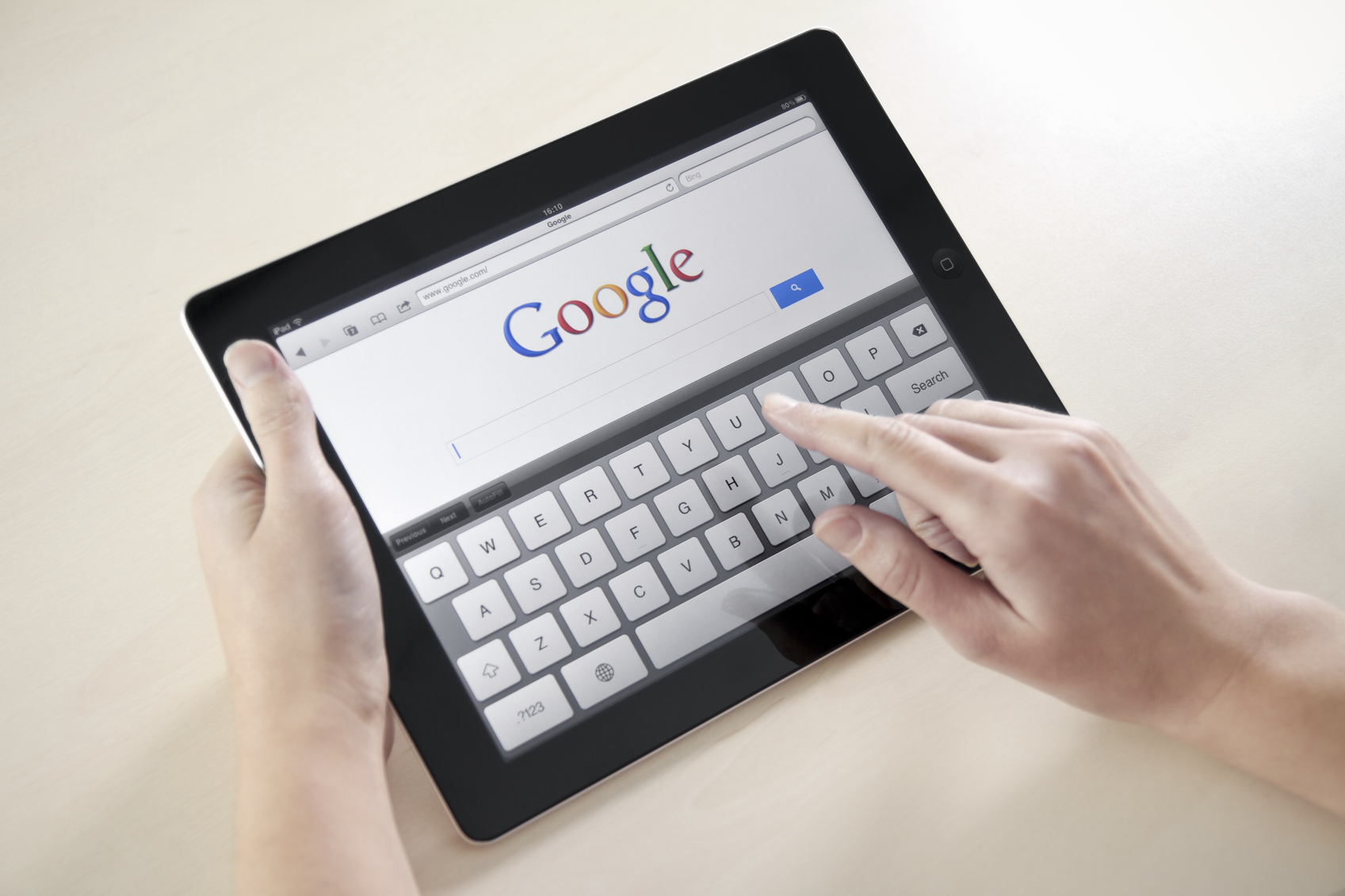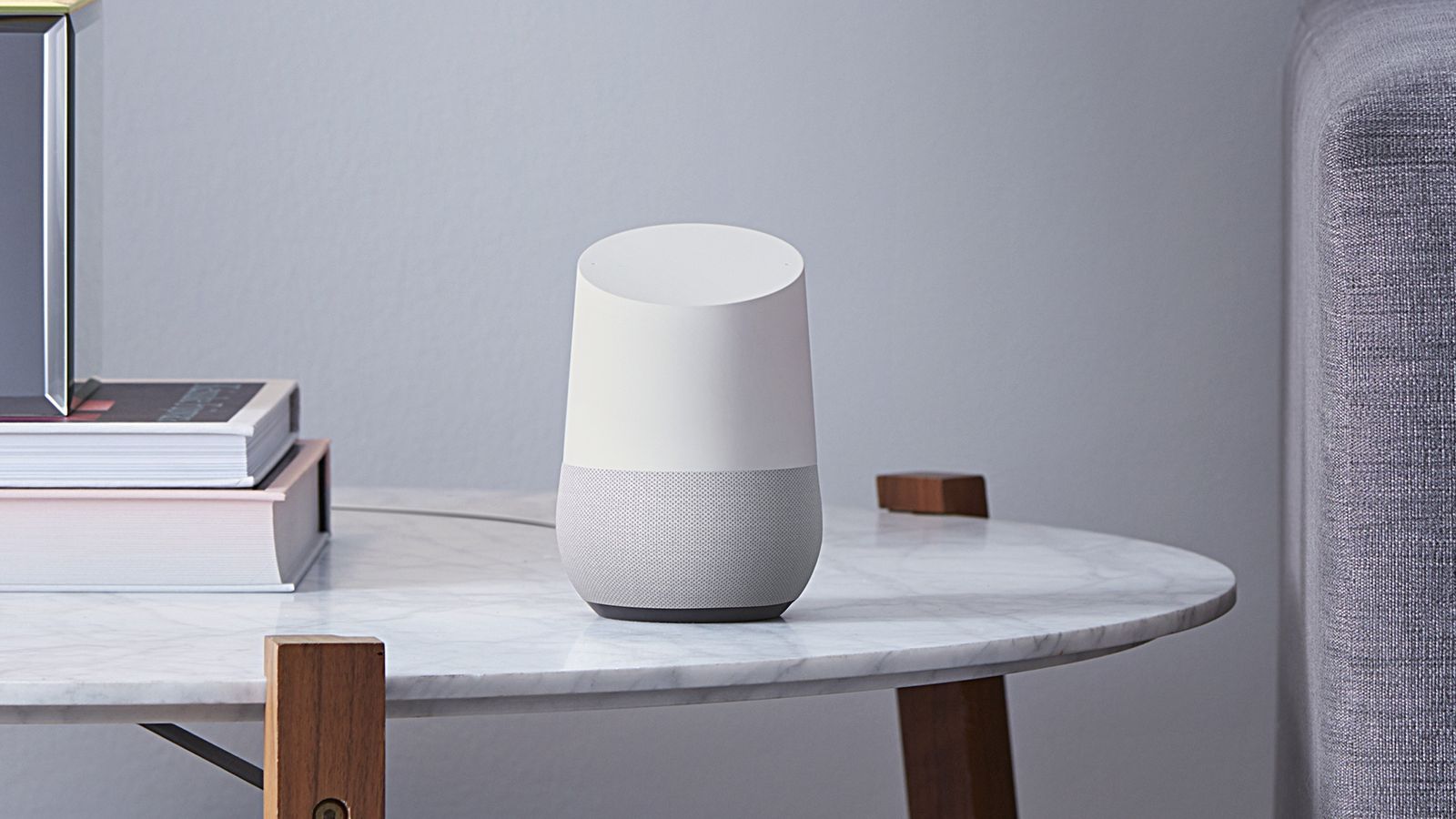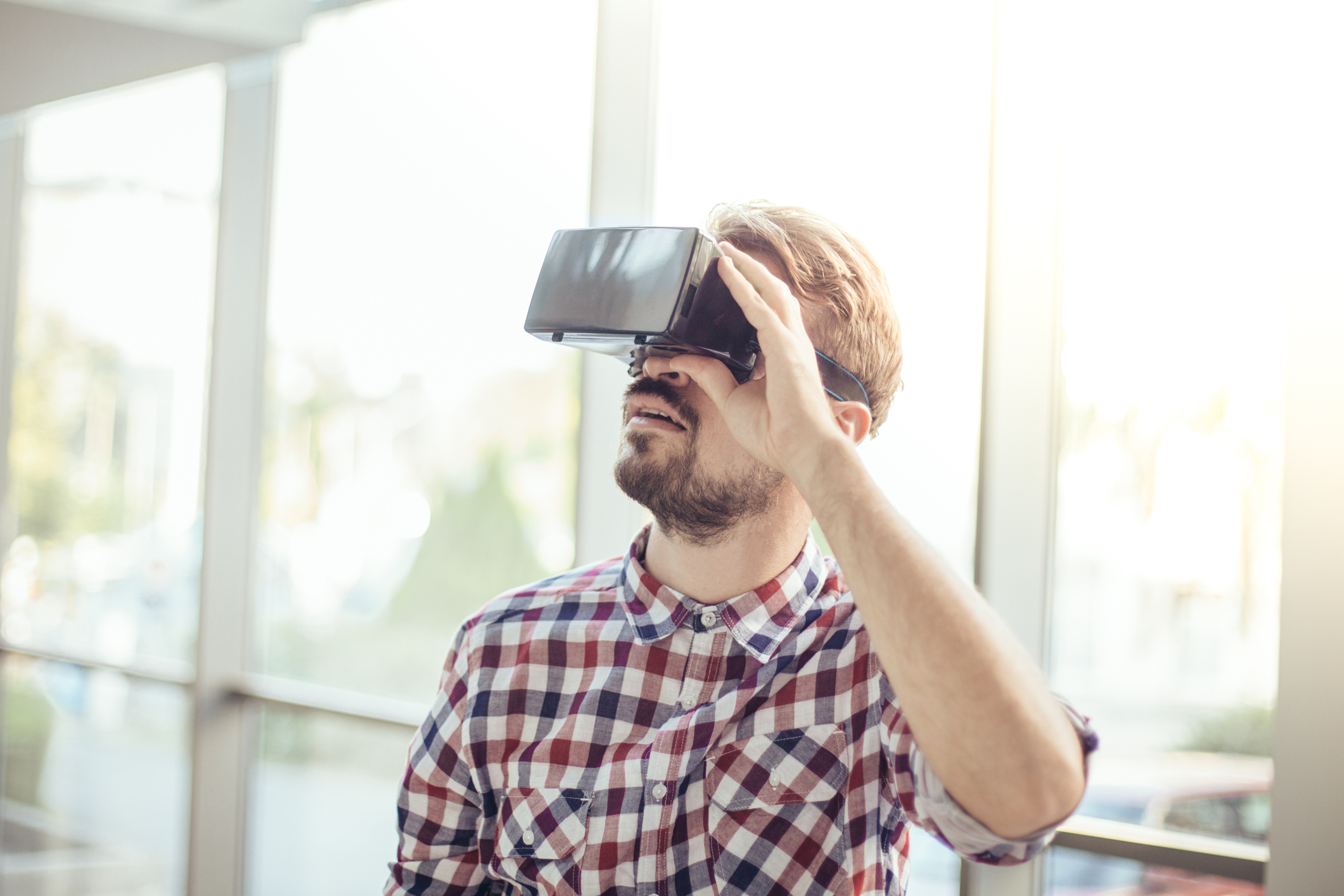What Happened
Coca-Cola has launched a new digital promotion called NCAA March Madness Bracket Refresh in support of its long-standing sponsorship of the college basketball tournament. As part of the promotional campaign, the company is offering limited-edition bottles customized with team names exclusively on ShareACoke.com. Fans enrolled in Coke’s loyalty program can unlock an NCAA team on Coke’s NCAA tournament brackets when they scan a Coca-Cola or Powerade product code by using their phone’s camera or by manually entering the code online. Fans with the winning teams on their brackets can unlock rewards such as digital content, movie gift cards, online retailer gift cards and an entry into a sweepstake for $25k cash.
What Brands Need To Do
In January, Coca-Cola announced it is phasing out its My Coke Rewards loyalty program and promised to replace it with a more “digitally focused” loyalty program, which is set to debut on Coke.com this July. This March Madness-themed promotion, therefore, seems to be positioned as a transitioning program to tide over the fans till the new loyalty program arrives. Nevertheless, this promotional campaign puts a personalized spin on NCAA brackets challenges by allowing fans to purchase customized bottles to show support for their team and earn rewards. It demonstrates a clever way to devise a sports event tie-in promotions, an approach that many other brands can apply to make their loyalty programs more engaging.
Source: Business Wire
